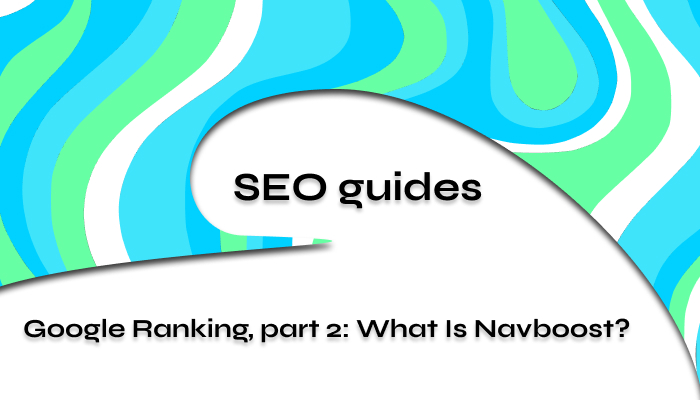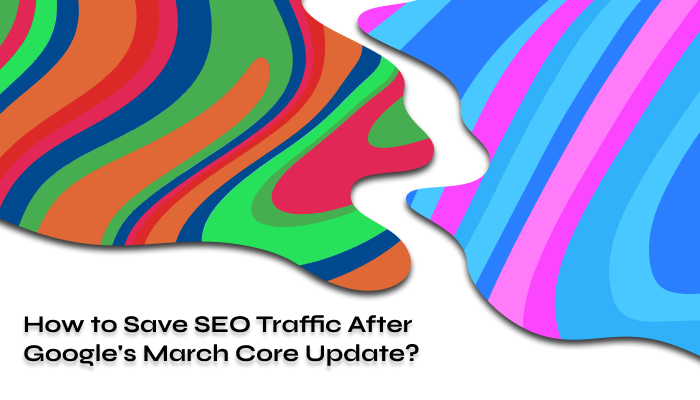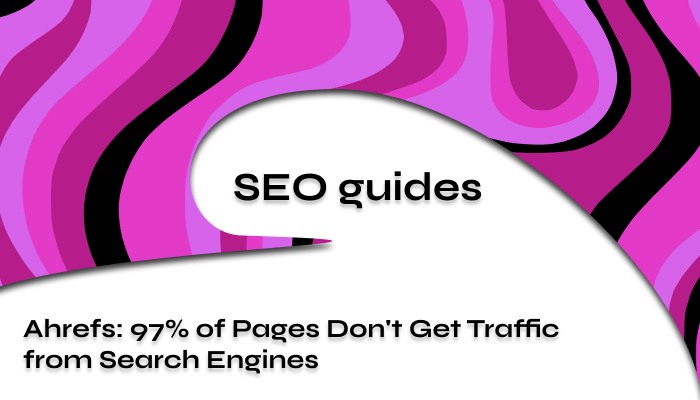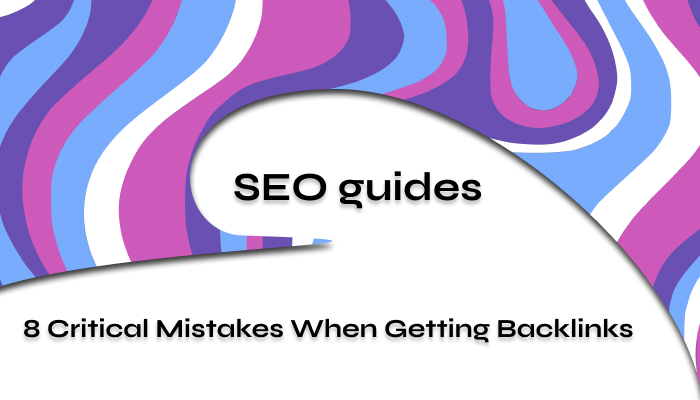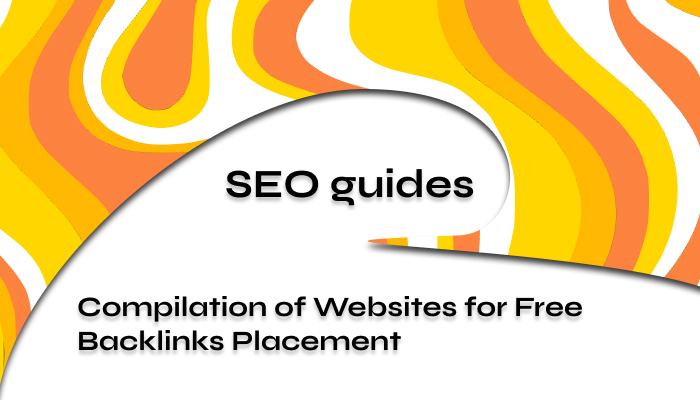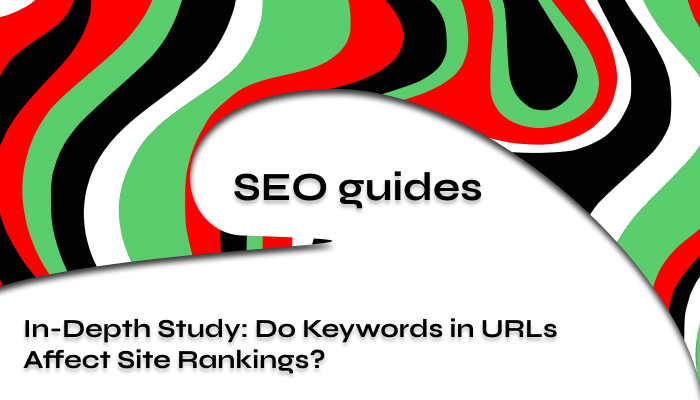Navboost is one of the ranking systems whose task is to discard the least relevant pages for a query and reduce the list to an acceptable size, which will then be further processed by other ranking systems and algorithms.
Navboost heavily relies on user clicks and learns from their signals. It utilizes this data to enhance the relevance and accuracy of search results. Some of the key signals used by Navboost include:
- User clicks: Navboost learns from user signals, particularly clicks on search results, to improve the relevance and accuracy of search results;
- Query history: Navboost remembers past clicks on queries up to 13 months old, allowing it to analyze user behavior and preferences over time;
- Device type and localization: Navboost divides results based on characteristics such as localization and device type (mobile or desktop);
- User behavior: Navboost considers user behavior, such as clicks, mouse movement/hovering, scrolling, and swiping, to determine the relevance and quality of search results;
- Mobile-friendliness: Navboost takes into account a website’s mobile-friendliness, ensuring search results adapt to the user’s device;
- Site structure: Navboost considers the site’s structure, including internal linking and information hierarchy, to determine the relevance and quality of search results;
- Clear site navigation: Navboost emphasizes the importance of clear site navigation and a user-friendly interface, as sites that are easy to navigate and provide comfortable user interaction are more likely to rank higher in search results for navigational queries;
- Content relevance: Navboost analyzes the relevance of the site’s content to the user’s query, ensuring contextual relevance of search results;
- Website quality and relevance: Navboost considers factors such as site reliability, contextual relevance of its content, and the timeliness and usefulness of information (YMYL / E-E-A-T).
By understanding these signals and optimizing your site, you can improve its ranking in search results. For example, optimizing site navigation and user interface, adhering to SEO best practices (backlinks, meta titles, descriptions, proper H1, structured content), clear site structure, descriptive URLs, internal linking, mobile-friendly design, and improved site speed (which is questionable) can increase site visibility and user engagement in navigational search, which can positively impact Navboost ranking. Additionally, creating separate datasets for each category (content uniqueness) for more effective adaptation of search results and analyzing the relevance of the site’s content to the user’s query (working with GSC) can also contribute to improving Navboost ranking.



